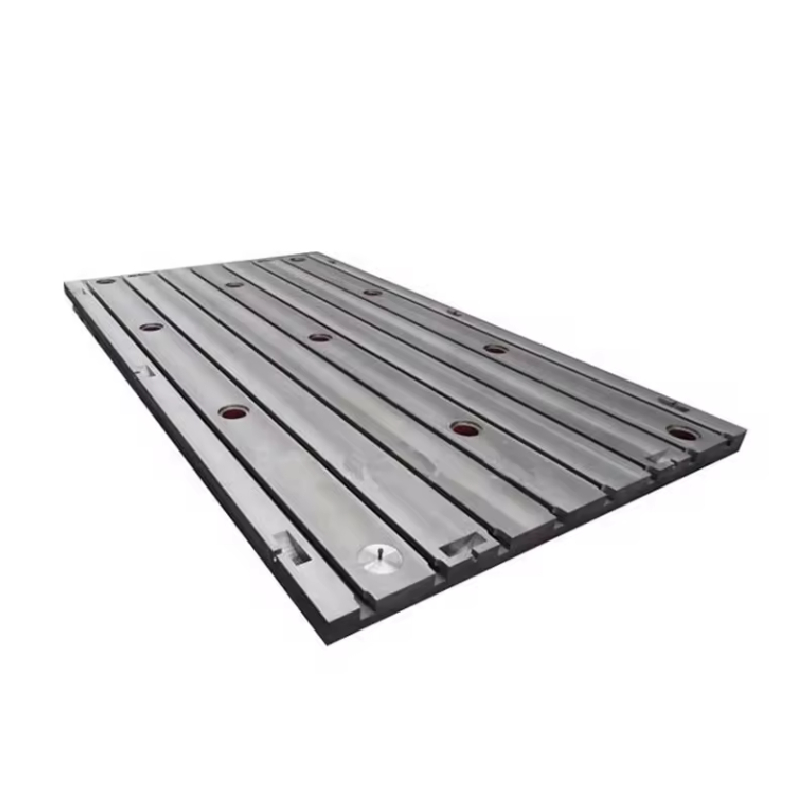Kas . 22, 2024 06:13 Back to list
gas line check valve
Understanding Gas Line Check Valves Importance and Functionality
Gas line check valves play a critical role in ensuring the safety, efficiency, and reliability of gas distribution systems. These essential components are designed to allow the flow of gas in one direction while preventing any backflow. This article delves into the importance of gas line check valves, their functionality, types, and maintenance considerations for ensuring optimal performance.
The Importance of Check Valves
In any gas distribution system, whether residential, commercial, or industrial, safety is a top priority. Gas leaks can lead to severe hazards, including explosions and health risks. Check valves serve as a safeguard against these dangers by preventing backpressure and the reverse flow of gas, which can occur due to pressure surges or system malfunctions. By ensuring that gas flows in only one direction, these valves help maintain the integrity of the entire gas system.
Moreover, check valves contribute to operational efficiency. By preventing backflow, they protect pumps and other equipment from damage, thereby reducing maintenance costs and extending the lifespan of the entire system. This efficiency not only enhances safety but also contributes to economic savings in the long run.
How Check Valves Work
The operational principle of check valves is relatively straightforward. They consist of a valve body and a disc or ball that moves to allow or restrict flow. When gas flows through the pipe in the designated direction, the disc is pushed open, allowing gas to pass freely. When there is a reversal of flow, the pressure from the backward-moving gas forces the disc to close, thereby sealing the opening and preventing backflow.
This mechanism is crucial in scenarios where sudden changes in pressure can occur, such as in gas supply lines that experience fluctuations based on usage or supply conditions. The immediate response of check valves ensures that the system remains secure, minimizing the risk of gas leaks.
Types of Check Valves
There are several types of check valves available for gas line applications, each designed to suit specific requirements and conditions
gas line check valve

1. Swing Check Valves The most common type, swing check valves utilize a hinged disc that swings open with forward flow and closes when flow reverses. They are ideal for low-pressure systems and smaller pipelines.
2. Lift Check Valves These valves feature a disc that moves vertically to allow flow. Upon reversal, the disc is pushed down against a seat, preventing backflow. They are commonly used in high-pressure systems.
3. Ball Check Valves Utilizing a ball that seats against a valve opening to prevent backflow, these valves offer a reliable solution for gas lines, often found in smaller pipeline applications.
4. Globe Check Valves These are characterized by a spherical body and are used in applications requiring precise control over flow direction. They are more complex and can be employed in specialized gas systems.
Maintenance Considerations
While gas line check valves are generally low-maintenance, regular inspections are vital for ensuring their reliability. Over time, debris and sediment can accumulate, potentially affecting valve performance. It is advisable to inspect valves periodically for any signs of wear, corrosion, or leaks. If issues are detected, replacing the check valve promptly is essential to maintain system integrity.
Furthermore, installation considerations are equally crucial. Check valves should be installed in the correct orientation, following the manufacturer's guidelines. Incorrect placement can lead to operational failures and increased safety risks.
Conclusion
Gas line check valves are indispensable components that contribute significantly to the safety and efficiency of gas distribution systems. By preventing backflow and ensuring proper gas flow direction, they protect not only the infrastructure but also the safety of individuals and the environment. Understanding their functionality, types, and maintenance is essential for anyone involved in the installation and management of gas systems. By prioritizing check valve integrity, stakeholders can ensure the smooth and safe distribution of gas, thus supporting essential services and daily life.
-
Precision Manufacturing with Advanced Spline Gauge DesignNewsJul.31,2025
-
Industrial-Grade Calibrated Pin Gauges for Exact MeasurementsNewsJul.31,2025
-
Industrial Filtration Systems Depend on Quality Filter DN50 SolutionsNewsJul.31,2025
-
High-Performance Gate Valve WholesaleNewsJul.31,2025
-
Granite Surface Plate The Ultimate Solution for Precision MeasurementNewsJul.31,2025
-
Granite Industrial Tools The Ultimate Guide for Bulk BuyersNewsJul.31,2025
Related PRODUCTS









